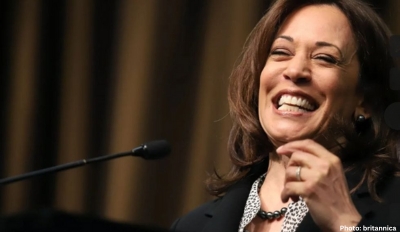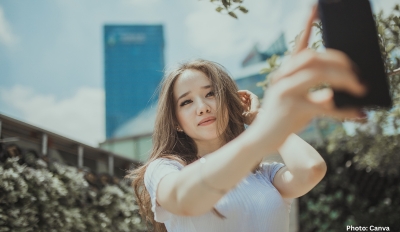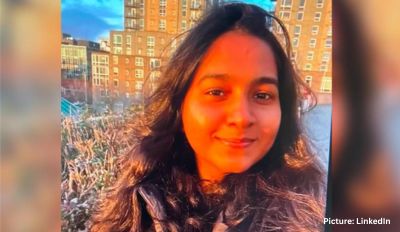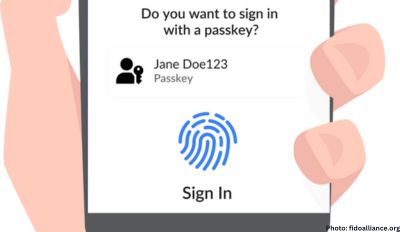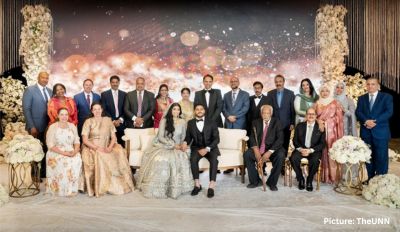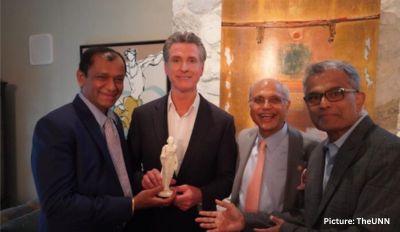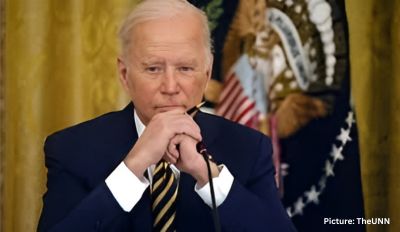The American Society of Engineers of Indian Origin (ASEI) convened a Design Summit with several academics, authors, speakers and practitioners covering innovation in Design from multiple perspectives on October 9th, 2021.
 After a brief introduction to the organization by ASEI executive council member Vatsala Upadhyay, and a tribute to design maestro Steve Jobs marking the 10th anniversary of his passing, ASEI President Piyush Malik shared his forward-thinking views on Design based on his field experiences and learnings working with nimble Silicon Valley startups as well as fortune 500 corporations around the globe. These opening remarks centered around the importance of Design as a discipline and Design Thinking methodologies adapted from IDEO, Stanford’s d.school and IBM’s enterprise design thinking approach a.k.a IBM Garage, which is an end-to-end model for accelerating digital transformation.
After a brief introduction to the organization by ASEI executive council member Vatsala Upadhyay, and a tribute to design maestro Steve Jobs marking the 10th anniversary of his passing, ASEI President Piyush Malik shared his forward-thinking views on Design based on his field experiences and learnings working with nimble Silicon Valley startups as well as fortune 500 corporations around the globe. These opening remarks centered around the importance of Design as a discipline and Design Thinking methodologies adapted from IDEO, Stanford’s d.school and IBM’s enterprise design thinking approach a.k.a IBM Garage, which is an end-to-end model for accelerating digital transformation.
The keynote speaker Prof Sanjay Gupta who is the founder and Vice Chancellor of World University of Design (WUD) shared his vision illustrating the difference between User Interface (UI) and User Experience Design (UXD). He also spoke about applications of emerging concepts such as AR/VR (augmented reality /virtual reality) and innovation in design in his talk titled “Importance of design for engineers” based on his many decades of multidisciplinary design experience across Engineering, Architecture, Fashion and Academics.
Engaging Dr Gupta in a fireside chat following this address, Piyush shared some industry trends based on analyst reports and they discussed the impact of design on creator economy with NFT (Non-Fungible Tokens), Blockchain, AR/VR, etc. Dr Gupta acknowledged the ASEI community and shared the impact WUD has had in its nascent life since inception and cited the importance of partnerships with industry bodies including Assocham, CII and now ASEI to expand its sphere of influence.
Dolly Parikh, Founder and CEO of Aloki Labs, a boutique design studio in California traced her inspiration to the 1977 film “Power Of 10” and shared learnings from her UX Strategy and Design career across companies such as Apple, Verisign, Expedia, Intuit, Medallia, Aviso, Automation Anywhere, InfoStretch, ARM and MindTickle.
UX Architect Noah Iliinsky, a popular speaker and author of 2 O’Reilly books on visualization enthralled the audience with his data storytelling approach and emphasized the 4 pillars of effective design viz. purpose, content, structure and formatting. His versatile technique can be applied to not only data visualization but all forms of communications. The illustrations of data in tables versus charts and graphs and when to choose pie versus line versus bar graphs were eye opening.
In the next section of the Design Summit focusing on career guidance, Sabira Gupta who is a Software engineer turned Principal UX Designer at Informatica shared her tips for those transitioning into Design careers. She showcased formatting as well as language do‘s and don’ts to inspire the budding designers aspiring for new opportunities amongst the audience.
Veteran designer Ches Wadja spoke on “Intuition, humility and collaboration in service of design innovation”. Sharing personal stories from his time at Expedia as the design head to being the first designer when LinkedIn was a year old startup, Ches mesmerised the attendees with the captivating story of power of being open to ideas and how being agile and scrapy enabled his seemingly small effort to show marked improvement in Linkedin’s adoption by the masses.The legendary designer also happened to be the first designer at Youtube (which was later acquired by Google) and his designed logo is still used by the company after all these years. It was indeed a pleasure to watch his serene and calm persona field questions from the audience after the newly minted designer Shrinal Patel showcased her portfolio and sought feedback from experienced professionals Sabira and Ches to critique as well as give suggestions for improving candidate portfolio presentations.
Shrinali then moderated the brief panel discussion with speakers after which Surbhi Kaul acknowledged all volunteers and proposed the vote of thanks to the speakers. Surbhi, a Vice President at Juniper Networks was a speaker at ASEI’s 33rd National Convention and is an ASEI Life Member who serves on the Silicon Valley chapter board. She also gave a “heads-up” & call for volunteers as well as next year’s board member nominations across all 5 professional chapters.
The moderated Q&A session then “graduated” to social audio Clubhouse room “Engineering Tales”, where the event continued with a few of the Design summit speakers. It included more non-ASEI members too, all of whom were given a chance to interact with speakers of this Summit. John Rodriges moderated the session, sharing his experiences as a UX designer with Citigroup and past jobs. The quality of conversations there once again proved the value of this topic and popularity of design as a discipline amongst techies as well as non -technical folks.
The Design Summit showed the attendees the depth of Design experience and thought leadership amongst ASEI community members and gave a glimpse of the richness of its collaborations with national and international professional bodies.
As is evident from recent activities and newsletters, ASEI has had an action packed 2021 so far with a large number of educational and networking opportunities and new programmes such as MentorConnect, UniversityConnect and Youth Programs to serve its members’ interests and inspire the next generation of engineers and technologists amongst the diaspora.
The American Society of Engineers of Indian Origin (ASEI) is a not-for-profit organization that provides a platform for networking, career advancement, community service, mentoring and technology exchange for professionals, students and businesses in the United States and abroad. Members are guided by several objectives, including the creation of an open, inclusive, and transparent organization; providing positive role models, awarding scholarships, and remaining socially responsible. ASEI was founded in 1983 in Detroit, Michigan by a handful of visionaries. Today, the organization has active professional chapters in Michigan, Southern California, Silicon Valley, San Diego, and Washington, DC and more student chapters in universities across the US. For more information, or to join this professional body, visit: www.aseiusa.org


